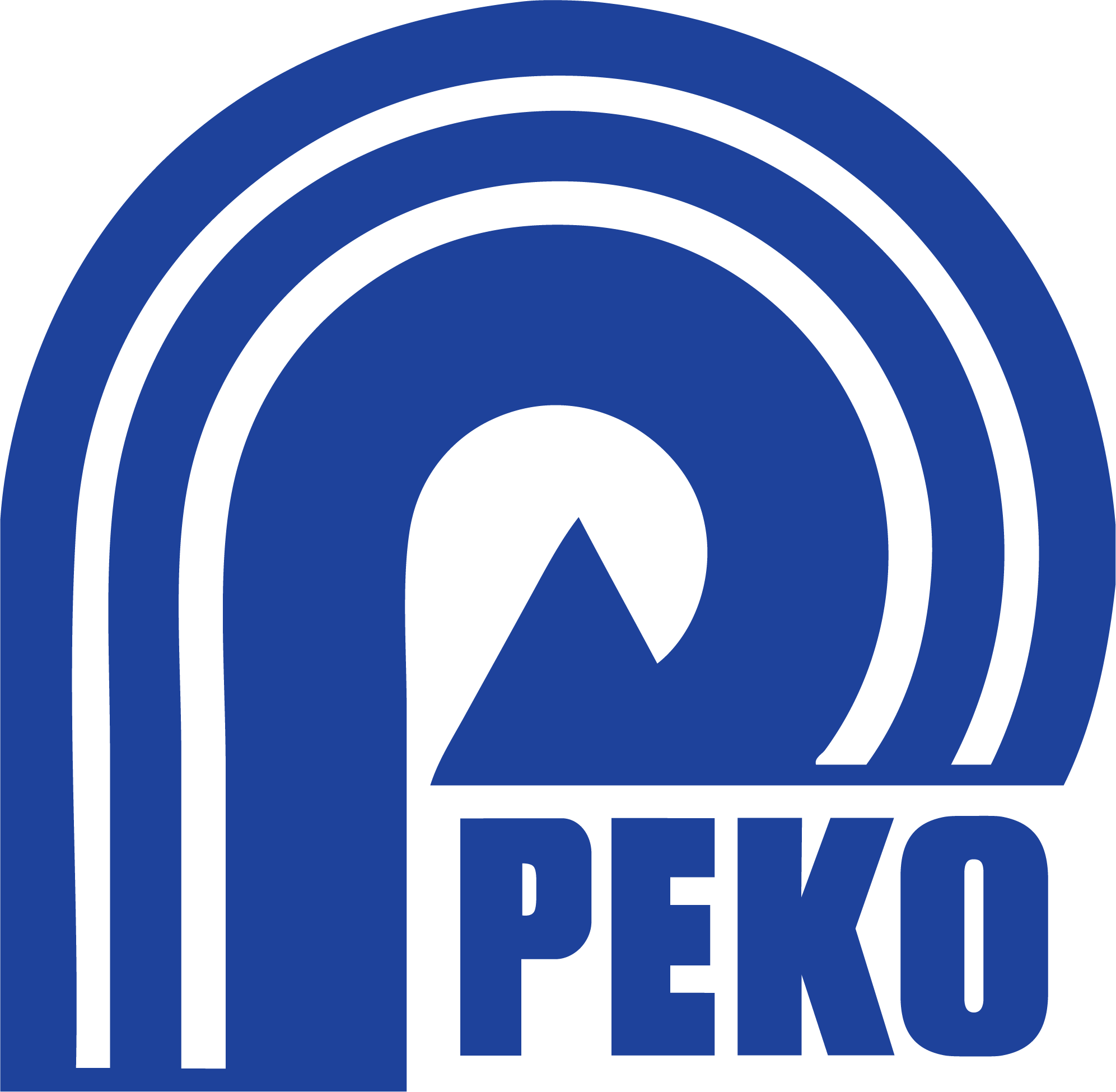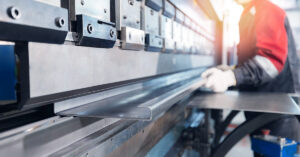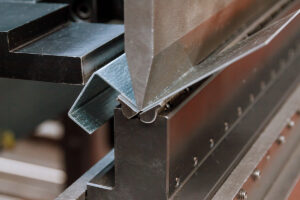The process to ensure successful assembly for medical device development projects begins when the program is accepted. When you outsource your medical device development to a contract manufacturer, be sure to follow these 6 critical steps to guarantee the success of your program once it’s transitioned over to the full-scale assembly phase.
1. Perform A Readiness Review
A contract manufacturer’s first step when accepting an order to build a new medical device is to perform a readiness review. This review is a comprehensive analysis of the design and specifications that are communicated to the contract manufacturer by the customer. The purpose of this review is to determine if the information provided by the customer will lead to a product that is both manufacturable and can meet the intended design and function. Quality objectives are also established during this stage between the contract manufacturer and medical OEM. During internal and customer-facing meetings, the focus is on engineering and manufacturability to lay the groundwork for successful first-time builds.
There are likely to be changes and revisions during the first build that can be addressed during the readiness review and potentially save time and money by implementing the changes before manufacturing takes place. This readiness review also allows the contract manufacturer to assess the need for additional resources necessary to complete the build. This can include the acquisition of new equipment, personnel, and skills. It is important that the contract manufacturer has competent, cross-trained employees that can be deployed as demand increases or decreases. New manufacturing equipment may also need to be procured depending on the future needs of the program, which may include machines or new capabilities to add to the organization’s core competencies.
2. Develop the Manufacturing Process
For the next step in medical device development, the contract manufacturer’s engineering and manufacturing teams should begin to develop the processes needed to manufacture and build the medical device. This is the step where job packages are created. Specialized manufacturing techniques and a Quality Control Plan (QCP) are also developed at this step.
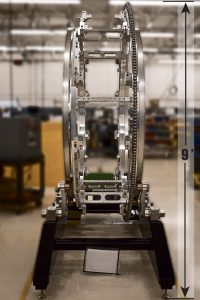
The Quality Control Plan is a document that allows transparency of all parts and assemblies and is required for all medical device builds. This documentation allows for any discrepancy parts to be easily identified and possibly fixed if needed at any point down the road. The QCP also serves as a tool to manage the product while it’s manufactured to prevent non-conformance and any future failures. This is then used to show if that product met the specifications.
During this step, the managers from each department work together to develop the entire manufacturing process. This permits component parts to be completed simultaneously and the prototype to be built on time according to its deadline. It is important that you outsource this step to an ISO 13485 certified contract manufacturer so that medical industry standards and requirements are being met throughout the entire manufacturing process when putting together the medical device job packages and quality control plan.
3. Manufacture the Medical Device Components
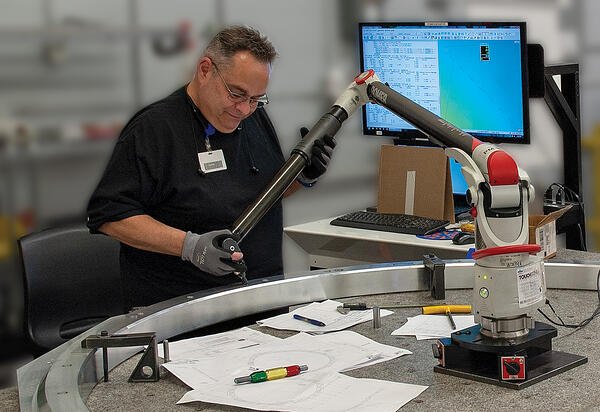
After process development has commenced, the next step involves releasing the component parts to the manufacturing floor. During this process, a cross-functional effort is established between quality control and floor personnel to check all the component parts for a medical device development program.
Much of the success of your medical project relies on the contract manufacturer’s ability to manage the manufacturing of these parts. If any operations are outsourced to a specialized third-party manufacturer, the parts will be received back by the contract manufacturer to be reviewed by the quality control department before anything is released for assembly. The contract manufacturer should also be confident in the ability of the third-party vendors they chose when and if they outsource any of their core competencies. Each stage of manufacturing is monitored, including the performance of any third parties, so that conformance can be verified.
4. Conduct Final Testing & Verification
Once all the parts are on the floor, the medical device prototype or alpha/beta builds can be built and tested, if applicable, and checked to ensure it meets the customer’s specifications. These tests are developed by both the internal and customer engineering teams to ensure they meet their quality and functional requirements. This vital step, including the ones prior, allows the contract manufacturer to put together a successful assembly plan once programs are in full-scale production. The information gained from building 5-piece units will be used down the road for pilot and pre-production builds, or for when the program has moved to full-scale production.
When these medical builds are completed, initial customer testing may take place so the customer can validate their own technology. Since FDA regulations apply after the first few builds, these early builds will most likely be used for clinical trials, which will then help determine whether or not the technology can pass FDA regulations. In the long haul, it will prove beneficial for you to find a contract manufacturer who is familiar with FDA regulations so they can ensure compliance when transitioning the medical device development program into production.
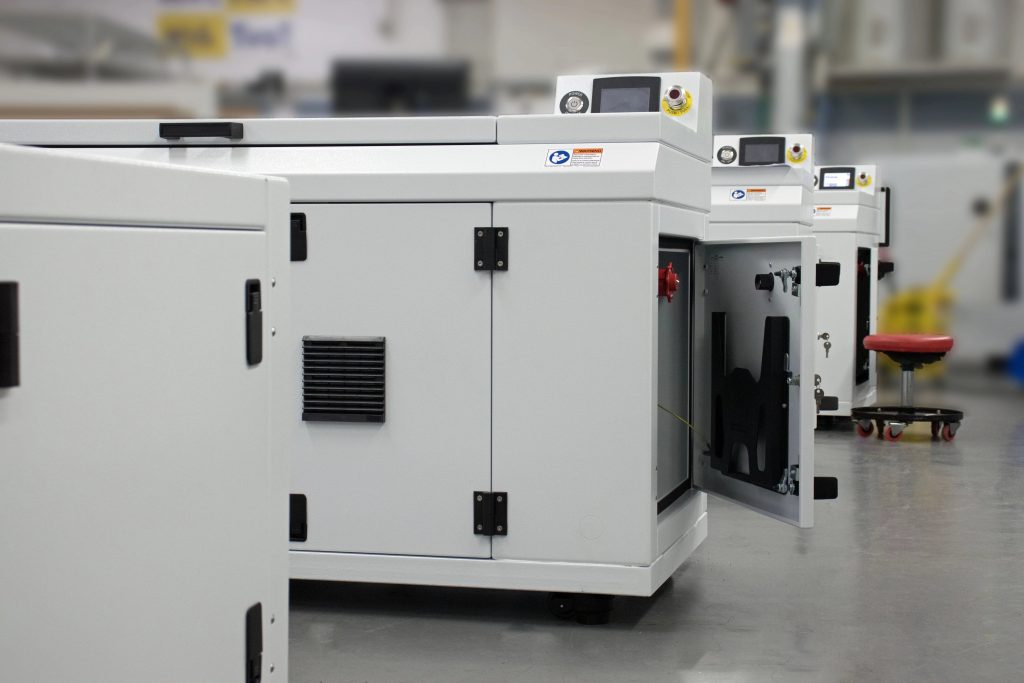
5. Evaluate the Lessons Learned
After the prototype is finished successfully, the engineering team will then review lessons learned and revise or update the process accordingly to make it suitable for production. Since PEKO entrusts medical programs to our New Product Introduction department for the duration of the first few build sets, we have the capacity to repeat this stage to ensure that we are perfecting builds before they are turned over to our assembly group.
Important aspects of the program to review after the first round of builds include the following:
- Optimization of processes to ensure the efficiency of future builds.
- Cost-down analysis and decreased lead time assessment.
- Reductions in costs for the unit to save the customer money.
6. Release the Medical Device for Production
Now, the medical device development phase is over, and the new medical product is ready to be handed off to production. During this process, supervisors from both the NPI and Assembly divisions will meet internally to ensure that a seamless process is established during the project’s transition. Assembly floor supervisors will also meet with their team members when creating floor plans for the area so that a smooth, flowing process is put into place and approved by the entire team.
The success of a medical device program relies on the experience of the contract manufacturer and the organization’s communication with the OEM. Ensuring these steps are followed will lay the groundwork for a successful medical program down the road. Keep in mind that each program has unique requirements, so steps and processes may overlap depending on a few factors. These factors include the company, the maturity of the build, and which tests have been completed before outsourcing the program to the contract manufacturer.
If you are interested in learning more about outsourcing your medical device development process to a contract manufacturer, check out our free checklist by filling out the form below:
